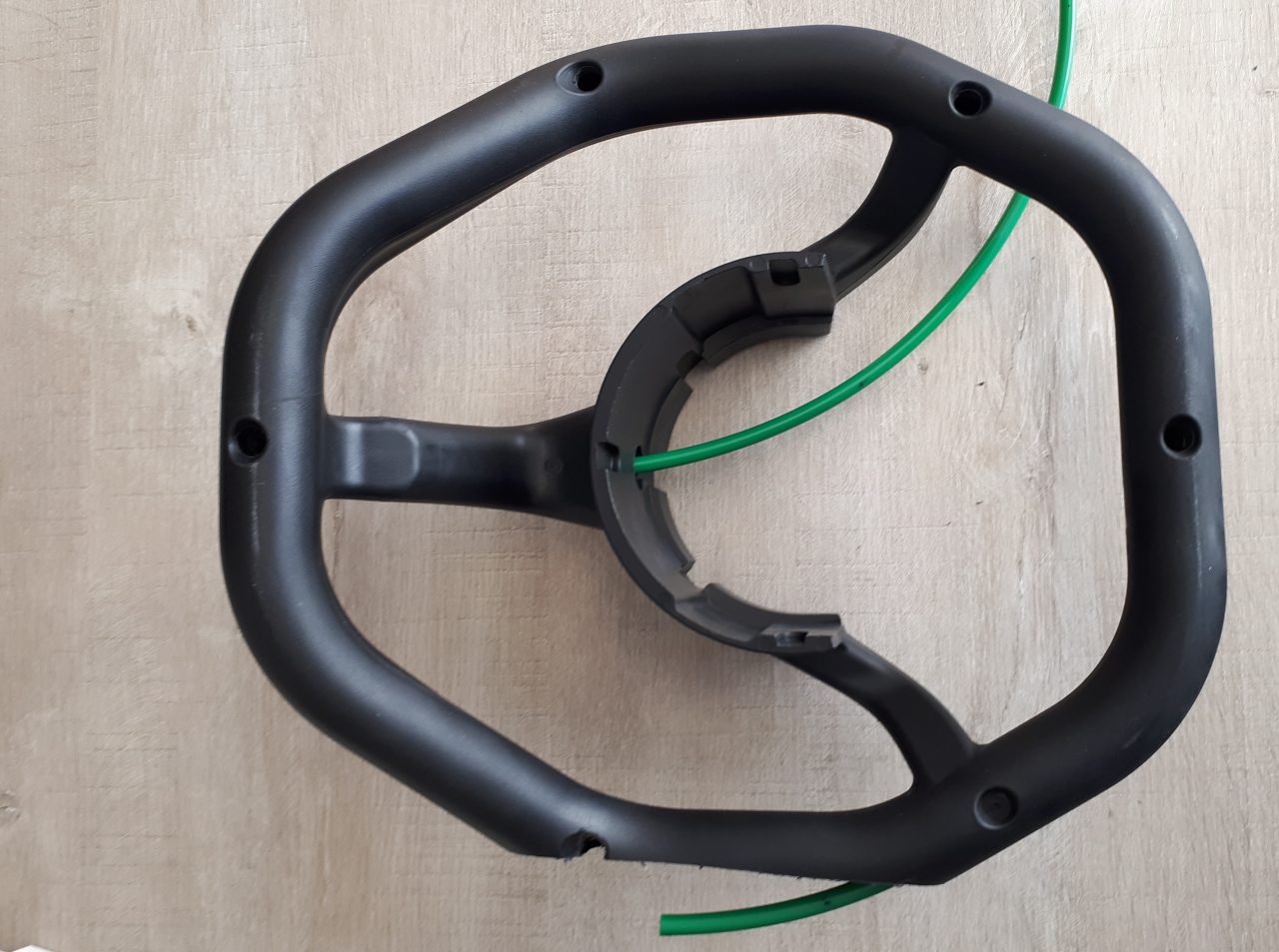Injection moulding is a process that, for many companies, is only profitable at large quantities. Two of the great advantages of Promatrix are that we specialise in small quantities between 5,000 and 25,000 a year, and we also offer gas-assisted injection moulding. Process Engineer Albert Timmerarends explains how the process works.
‘Many customers are unfamiliar with gas-assisted injection moulding, a technique for creating hollow or partially hollow products made from plastic. While the plastic is still solidifying, gas is injected into the product through a needle. When the outside of the product hardens, the centre is still liquid, at which point the gas expels the liquid plastic from the product. The advantage of gas-assisted injection moulding is that it lets you make products with >3-4 mm walls from one piece. Normally, you would have to hollow out large or thick products and reinforce them with ribs.’
Different techniques
‘Bij gasinjectie heb je verschillende technieken. ‘There are various gas-assisted injection moulding techniques, but for our customer Holmatro, we use full-shot and short-shot moulding. With full-shot moulding, the product is completely filled with plastic, after which the core is ejected with nitrogen in one go. This material then flows into a separate cavity, known as an overflow well. We also do short-shot moulding. This is a technique that involves partially filling the product with plastic. We then inject the filled side with gas, and when the outer wall comes into contact with the colder mould, it freezes. The inside is still liquid at that point, so we can easily push away the liquid core, which will then fill the rest of the mould. Not only does this produce thinner walls and more lightweight products, but it also uses up to 33% less material.’
Benefits of gas injection
‘One of the advantages of gas-assisted injection moulding (GAIM) is that it gives you a lot of flexibility. On top of that, thicker products or components usually have to be hollowed out and reinforced with ribs, which will be visible on the end product. With gas-assisted injection moulding, you don’t need any ribs because the product consists of one piece only. This eliminates the need for additional assembly, resulting in significant time savings. Finally, GAIM only uses one cavity instead of two, helping you save on costs and material.’
Extensive experience
‘Getting gas injection stable is particularly difficult, which is why it is not yet widely used and still relatively unknown. It is a tricky process because you have to inject nitrogen into the product at a certain pressure and for a certain amount of time, but you cannot directly control the flow rate of the plastic and how the plastic will behave. It takes experience to get the process right. Promatrix has run many tests with this technique and has built up a lot of experience. It is a very interesting technique and its potential greatly outweighs its current applications.’
Technical challenges
‘Personally, I think GAIM works best on uniformly thick products,’ Albert explains. ‘Some products have one thinner and one thicker part, and creating a mould in which the thin part is filled before the thick part takes a lot of thought. If you do things the other way round, the gas could escape. This is because gas follows the path of least resistance, creating stains and pitting.’
Wide-ranging applications
‘The previous applications were examples of so-called internal gas moulding, but we can also do external moulding. With this method, the product encloses the mould and gas is injected behind the product, pressing the product against the mould and creating a sleek finish. This method is used on TV screen bezels, for example.
Finally, GAIM is also used on thicker products. When making thick products, manufacturers often add a blowing agent to the material, which expands. However, the expanded material is usually clearly visible on the outside, which can produce visually unappealing results. To avoid this, you can use GAIM to pressurise the product core with nitrogen and create beautiful products.
What can we do for you?
Want to find out how we can use GAIM for your products? We’d love to put our knowledge and experience to good use for you. Check out our website for more information or send an email to info@promatrix.nl



